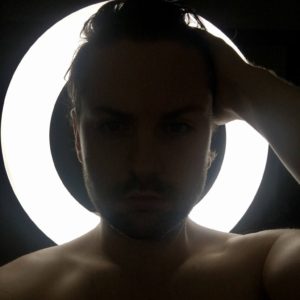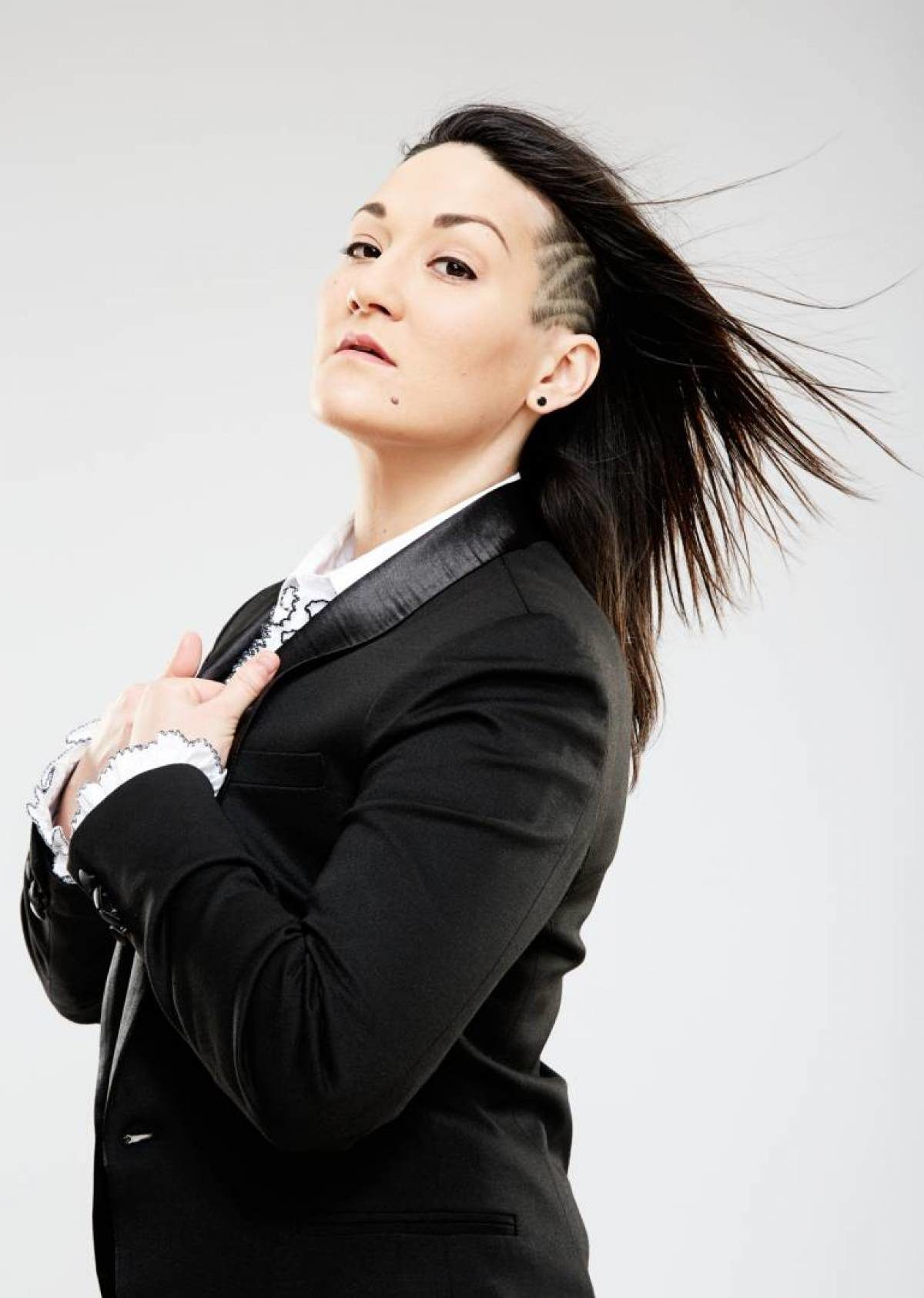Georgia Straight by Janet Smith on June 12th, 2019 at 1:27 PM
Soprano Teiya Kasahara has always had a passion for performing opera, but the singer was feeling more and more conflicted about the two-dimensional, gendered female roles offered on-stage.
“I’m racialized, queer, tattooed, I have a shaved head, and I have to cover these things to be accepted,” the LGBT artist tells the Straight over the phone from home in Toronto.
It was during her eighth time playing the Queen of the Night, in Wolfgang Amadeus Mozart’s The Magic Flute, that Kasahara had finally had enough. The soprano was done with roles that portray women as either evil and strong or good, pure, and fragile. The conservative art form was feeling less and less inclusive.
“I wanted to critique that with an opera,” Kasahara explains. “And it was really important to me to comment on opera as a machine. I wanted to talk about this being beautiful work and amazing music. I love to sing and that’s the way I feel most free and most full. But the art form, in how it’s developed, also denies so much of who I am.”
The result is The Queen in Me, one of two shows at this year’s Queer Arts Festival that upend traditional opera in radical new ways.
Kasahara traces the frustration back about six years, to when the singer was again tackling the coloratura soprano part of the terrifying Queen of the Night. The character is introduced as a desperate mother whose beloved daughter Pamina has been kidnapped, but she becomes the villain of the story, demanding Pamina commit a murder to ensure her power. “It was just being plopped in at the last moment, where the whole team was overlooking the complexity of this character,” Kasahara recalls, pointing out that the Queen is on-stage for about 12 minutes total and sings what is probably the opera’s most famous aria, “Der Hölle Rache kocht in meinem Herzen” (“The vengeance of hell boils in my heart”). But Kasahara struggled to find in-depth research or back story on the Queen. “She’s portrayed as evil and ambitious and willing to throw her daughter under the bus to get what she wants,” Kasahara says. “It’s very sexist and misogynist. So I thought I wanted to stop the opera so she could finally say who she was.”
That’s exactly what Kasahara does with the theatre-opera meld The Queen in Me, with the curtain rising in midperformance of The Magic Flute, as the Queen begins her well-known aria. Then the character rebels and refuses to finish the opera. Using a mix of spoken word, Mozart’s score, and other famous soprano music, the Queen reveals her own story.
“She starts advocating for all the sopranos that have played her over the last 200-something years and all the characters who have had to become mad or fallen,” says Kasahara. In opera, the artist points out, sopranos often either have to kill themselves out of madness (hello, Madama Butterfly) or have to die from illness (Mimi in La Bohème).
And then the character fades away, and Kasahara unpacks personal experiences of gender and racial bias in the world of opera. “My inspiration was having to discover my gender queerness over the last eight or nine years,” Kasahara explains.
Kasahara developed the work outside of the traditional opera industry, starting with an internship with Theatre Gargantua in Toronto, then in the emerging-artists unit at Buddies in Bad Times Theatre.
These days, the singer is devoted to projects like Amplified Opera. “Our mission is creating a space for equity,” Kasahara explains of the collaboration with director Aria Umezawa. “On an indie level my colleagues and I are having these conversations, and we’re trying to find opportunities to create conversations at the mainstream level.”
Response to The Queen in Me has given Kasahara extra motivation. “Colleagues were coming up to me—ones who aren’t even sopranos, who have complex identities too—and they were not feeling seen and not feeling that they could voice who they really are,” Kasahara says. “They were saying, ‘Thank you, someone is finally saying this.’ A lot of us are feeling these things and had not had the courage to stand up and say it.”

Vancouver’s Landon Krentz seeks to reimagine opera in an even more revolutionary way at the Queer Arts Festival.
There, he and a creative team of hearing and deaf artists will let audiences in on an early reading of Jesse—An ASL Opera. Its libretto is inspired by Krentz’s own experience of growing up deaf: the constant visits to what he calls the “black box of the audiologists’ department”, and his liberation through deaf culture and language.
While it may be hard for hearing people to imagine an opera expressed not just through music but through sign language, the fit felt natural to this LGBT artist.
“Opera is rich in culture and history that I believe is parallel with deaf culture and history,” he explains, communicating with the Straight through email. “Our language, ASL [American Sign Language], is very much like music. It has a series of movements and rhythm that have a wide musical range. The ability to express music with ASL will be seen in the opera through the way I use signs, movements, and math. It is the perfect language to portray different emotional messages that are heard with the eyes.”
With the support of local company re:Naissance Opera, he’s experimented with a group of artists who have experience with deaf culture. They include Regina composer Paula Weber (the child of a deaf adult), opera singer Heather Molloy (who has a deaf niece), re:Naissance producer Debi Wong (who has taken ASL classes), and deaf elder John Warren.
Because this is such new ground, Krentz has had to invent a way of writing a bilingual libretto, using ASL gloss (the written form of the sign language, with notations to describe facial expressions and gestures) and English. Weber has been observing the movements of the ASL libretto as it is performed and then composing the music based on that. The goal is an opera that both hearing and nonhearing audiences can enjoy.
“Historically, deaf artists have had to adapt to music and English theatre in ways that diminish the quality of our language,” explains Krentz, who sought sign-language theatrical training in Scandinavia before bringing the approach back here. “The goal is to implement intersectional practices where deaf artists like myself are leading the artistic process in order to achieve better results. To do this kind of work, it takes an incredibly skilled deaf artist who understands the demands of deaf theatre, English and ASL, and the theatrical contexts. There are not many of us in Canada.”
The goal is to debut the full opera by 2021. In the meantime, Krentz hopes the peek at this hugely ambitious project will open arts fans’ and artists’ minds to the possibilities of opera and theatre.
“We hope that the audience will walk away with a new understanding of what is possible in deaf theatre and to inspire them to consider working with deaf talents,” he says. “Deaf theatre for the deaf is vital and necessary to improve the lives and safety of the deaf community, as is the willingness and commitment from hearing artists to learn to adapt to their practice and become allies.”
The Queer Arts Festival presents The Queen in Me on June 21 and 22, and a workshop reading of Jesse—An ASL Opera on June 24.
View original article here.

